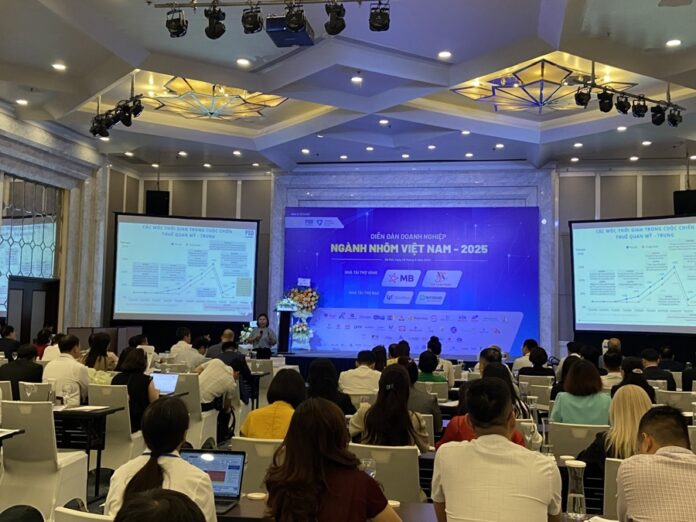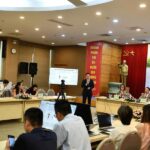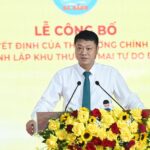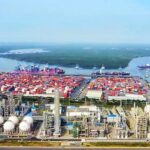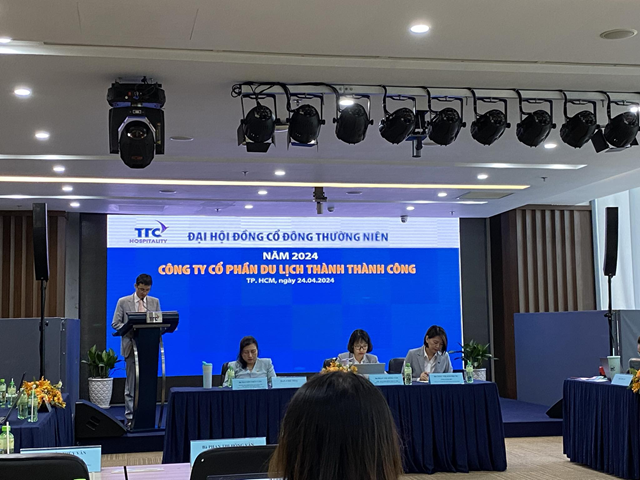Speaking at the “Vietnam Aluminum Industry Business Forum 2025” on the private enterprise landscape amid “many changes,” Ms. Pham Thi Ngoc Thuy, Director of the Office of the Research and Development of the Private Economy (Board IV), shared her thoughts on the global economic outlook. She predicted a less optimistic scenario, as most reputable international organizations have downgraded their forecasts from last year’s more favorable outlook.
3 KEY ALUMINUM MARKETS TO WATCH
With ongoing wars, geopolitical tensions, trade wars, and technology battles unfolding worldwide, including tense developments on Vietnam’s border, neither optimism nor pessimism is warranted. The situation can change rapidly, sometimes even within a day.
According to Ms. Thuy, while these developments do not directly affect the aluminum industry, businesses should be aware of their indirect impacts on exports. For instance, regarding the US market, there are no direct export activities from the Vietnamese aluminum industry, but it is still affected by related supply chain activities.
Despite Trump 2.0’s strong opposition to sustainability, green transition, and ESG (Environmental, Social, and Governance) trends, ESG is gaining traction in US states. Businesses linked to American companies should assess the mandatory requirements of the leading enterprise in the supply chain. We should not relax our focus on green transition trends in this market, she advised.
Regarding tariff policies, Vietnam has demonstrated a harmonious approach since the beginning of Trump’s decision, avoiding tense negotiations. No one can predict the specific tariffs for each of Vietnam’s industries at this point. However, overall, Vietnam holds a crucial and sensitive geopolitical position, so we need to remain optimistic and positive, Ms. Thuy asserted.
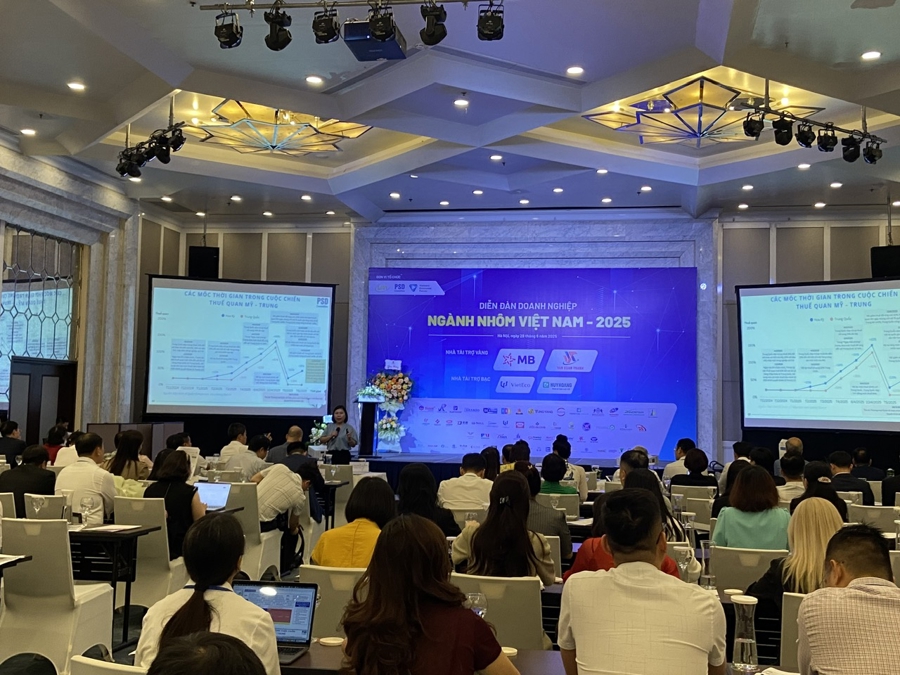
In addition to the US, European regulations significantly impact the aluminum industry. By the end of 2024, Europe’s mandatory regulations had not excluded any industry. First came the stories about high-emitting industries through the Carbon Border Adjustment Mechanism (CBAM), including aluminum, steel, electricity, cement, fertilizers, and more.
Next, the EU’s anti-deforestation regulations (EUDR) prohibit natural forest loss and require production on legally authorized areas, affecting Vietnam’s major exports to this market, such as agricultural products and furniture.
Subsequently, Europe introduced regulations mandating localization by 2027, including supply chain assessments and sustainability reporting. These regulations impact all industries, even the most challenging to transform, such as ports, logistics, and aviation.
With this regulatory flow from Europe, Ms. Thuy believes that supply chains with the presence of European enterprises, either directly or indirectly, will undergo changes and adaptations that businesses must embrace.
China, a significant influence on the global economy and the aluminum industry, has witnessed a tremendous market rebound over the past four years, with a rapid green transition. By the end of 2024 and early 2025, China officially implemented a national green label for seven product groups, including batteries, steel, textiles, fertilizers, and aluminum, which are high-emission industries. China will use this national green label to evaluate and certify compliant enterprises.
“Our key message to businesses is that we should not merely observe this development in a neighboring country. We predict that China may impose a similar game as Europe did through CBAM or EUDR. This means that our exports to China must meet the requirements of having a similar label,” Ms. Thuy stated.
Whether China will enforce these rules remains to be seen, but Ms. Thuy emphasized the need for continuous and thorough monitoring, as China significantly impacts Vietnam’s aluminum industry. Aluminum is a high-emission industry, and businesses should address this issue in their operations.
IMPETUS FOR THE ALUMINUM INDUSTRY FROM GOVERNMENT POLICIES
Amid global geopolitical instability, experts acknowledged the Vietnamese government’s breakthrough decisions to support businesses in weathering the storm.
Ms. Thuy highlighted Resolution 68-NQ/TW as a driving force for private enterprise development. Never before has the private sector been acknowledged so strongly, with such accuracy in recognizing their value.
Additionally, Resolution 57-NQ/TW is not just for scientists but is closely related to business operations. The pressure from the US to reduce China’s influence in supply chains increases the need for domestic innovation and technology. Businesses must improve and upgrade themselves to meet market demands.
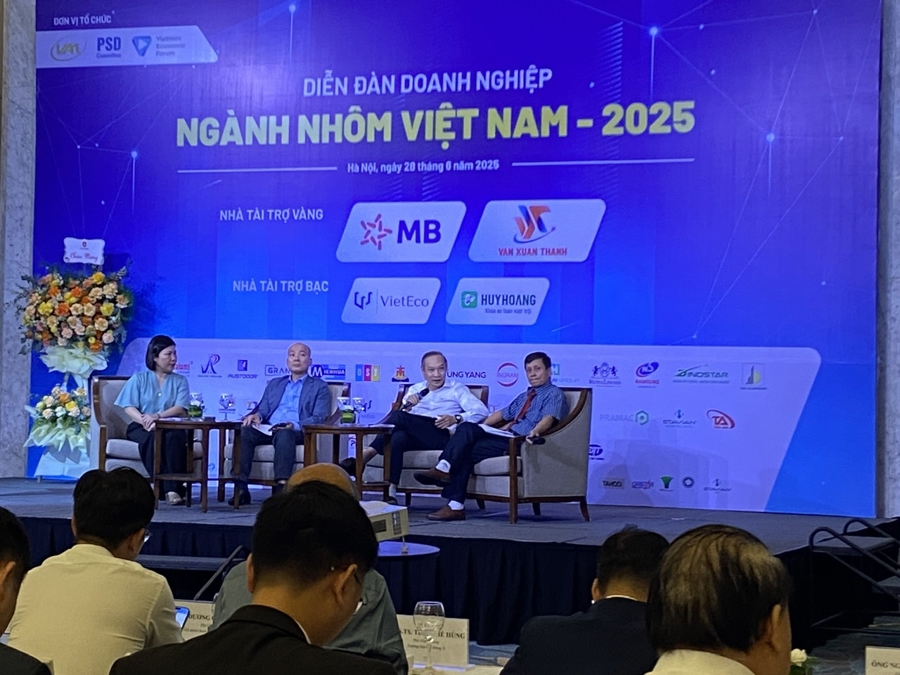
To fulfill the spirit of Resolution 68, harnessing the country’s internal strength through science and technology, it is necessary to materialize Resolution 66-NQ/TW on lawmaking in the new context. Without new laws, policies, and a better business environment, it will be challenging to achieve the expectations set for 2045 and net-zero emissions by 2050, Ms. Thuy emphasized.
Resolutions 68 and 198 of the National Assembly offered incentives for businesses, such as a 2% green credit interest rate reduction for ESG and emission reduction investments. Investing in R&D to enhance business capabilities is also considered an expense, and enterprises can allocate up to 20% of their taxable income to establish a science and technology development fund. These policies will strengthen businesses and the economy.
These resolutions provide a boost for the aluminum industry to thrive, but Ms. Thuy noted that survival and success require the wisdom, intelligence, and perseverance of business owners.
Mr. Phan Duc Hieu, a member of the 15th National Assembly and the Economic and Financial Committee, also acknowledged the government’s supportive policies for businesses. He highlighted the aluminum industry’s interdependence with other sectors and its growth potential. He mentioned several crucial decisions made during the recent National Assembly session to boost production and business activities.
These include a resolution on special mechanisms for social housing to achieve the target of 11 million social housing units as soon as possible; a resolution on special mechanisms for socio-economic development in specific localities, such as establishing an international financial center in Ho Chi Minh City and Da Nang and developing a new-generation seaport in Hai Phong; and upcoming infrastructure projects in railways, waterways, and roads, creating opportunities for the aluminum industry to showcase its capabilities.
“CSI 2025: Unveiling Vietnam’s Top 100 Sustainable Enterprises”
The Corporate Sustainability Index (CSI) program in Vietnam for 2025 has entered its tenth year. Organized annually by the Vietnam Chamber of Commerce and Industry (VCCI) under the guidance of the government, this initiative recognizes and applauds businesses that excel in sustainable production and operations.
“Most Vietnamese Businesses Unprepared for the Green Transition: Why This Shouldn’t Be a Concern”
The first 30 businesses to adopt the eco-industrial park model have seen a doubling of their output in just three years. While going green may be a challenge initially, the payoff is evident and undoubtedly worth it.
The New Hub of Opportunity: BIDV Leads the Way with Danang Free Trade Zone Solutions
On June 22, 2025, the city of Da Nang, Vietnam, witnessed a historic moment with the official announcement of the establishment of the Da Nang Free Trade Zone – a pioneering initiative in the country. This transformative development, marked by a grand ceremony, signifies a new era of economic prosperity and opportunity for the nation.

